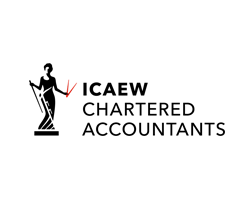Landlords: Tax by a Thousand Cuts

The title of this blog is probably a little misleading given that landlords are soon to experience anything but ‘cuts’ in their tax bills. In fact, the three main taxes to concern landlords – income tax, capital gains tax and stamp duty – have all been subject to changes already or are about to be subject to changes come April 2016.
We have blogged on these issues over the last few months so this particular entry will bring the main issues together in one place.
Income Tax
The legislation with perhaps the biggest impact on landlords is in the area of income tax, in particular the restriction of tax relief on mortgage interest and other finance costs. This will gradually be introduced beginning with the 2017/18 tax year with the full force of the legislation biting from 2020/21.
Landlords providing furnished lets will also see the 10% wear and tear allowance superseded in April 2016 with tax relief given instead for the full cost of fixtures only when they are replaced.
Capital Gains Tax
A reduction in the length of deemed occupancy in the period immediately prior to the sale of a property that was at some point the main residence of the landlord was introduced in April 2014. The reduction was from three years down to 18 months, meaning that more of the gain made on a previously lived in second property is subject to capital gains tax.
There are also plans afoot to require payment of any capital gains tax arising on the sale of residential property to be made no later than 30 days from the date of sale. This is expected to come into force in 2019.
Stamp Duty
A surprise announcement in the Chancellor’s 2015 Autumn Statement was to introduce a 3% stamp duty surcharge on the purchase of additional residential properties. This will also apply to properties purchased via a limited company.
Landlords with residential properties held in limited companies will also be aware of the annual tax on enveloped dwellings, or ATED, for short. This was introduced in April 2013 but the minimum value of the properties caught by the rules is gradually being decreased. From April 2016, properties worth more than £500,000 will be subject to the annual charge.
This is still quite a high threshold, but we may subsequent reductions or even tweaks to the charge itself as a means for the government to discourage landlords from transferring properties into limited companies to avoid the interest relief restriction.
In Summary
The complexity of property taxation is on the up so don’t get caught, get in touch.





